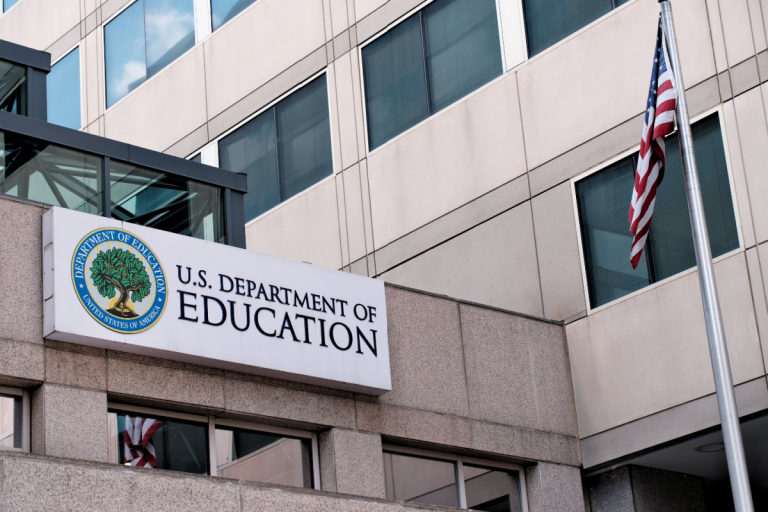The Department of Education announced a series of interagency agreements that will shift major functions to other federal departments. Framed by Secretary Linda McMahon as a significant step toward downsizing the agency, the move aligns with the administration’s stated goal of returning more control of education to the states. The transition has sparked strong reactions from lawmakers, advocacy groups, and policy observers as debate intensifies over the future of federal involvement in education.
Major Functions Moving to Other Agencies
Under the new agreements, a range of programs will be co-managed or administered by partner agencies. The Department of Labor will take on portions of the Office of Elementary and Secondary Education and segments of the Office of Postsecondary Education, including several grant programs. The Office of Indian Education will shift to the Department of the Interior, while the Department of Health and Human Services will assume responsibility for child care access initiatives and foreign medical accreditation. The State Department will oversee international and foreign language services.
Although grant processing and certain administrative work will be handled by these agencies, the Department of Education will retain policy authority and program oversight, officials emphasized.
Operational Framework and Historical Context
Interagency agreements are not new for the department, which has partnered with other agencies more than 200 times in past procurement and service arrangements. However, this marks one of the department’s largest structural reorganizations to date. Officials did not provide a specific timeline for implementation but confirmed that statutory offices, including civil rights enforcement, disability services, and the federal student loan portfolio, remain unchanged for now, though future adjustments remain possible.
Supporters and Critics Respond
The announcement drew immediate criticism from education advocates. The National Parents Union labeled the restructuring a threat to students, arguing that weakening the department could damage the nation’s long-term competitiveness and capacity for innovation. Senator Elizabeth Warren accused the administration of targeting underserved students by destabilizing federal support structures.
Supporters countered that the shift represents long-overdue reform. House Education and Workforce Committee Chairman Tim Walberg praised the effort, describing the existing system as ineffective and asserting that local communities should regain greater authority over education decisions.
Political Context and Future Implications
Secretary McMahon has repeatedly signaled a desire to reduce the department’s size, sharing public messages about cutting red tape and criticizing federal education performance. Some non-statutory programs have already moved, including a workforce development partnership with the Department of Labor and an agriculture-related education initiative transferred to the Department of Agriculture.
The changes advance President Donald Trump’s long-standing goal of dismantling the Department of Education, though fully closing the agency would require congressional approval and a Senate supermajority. For now, the interagency agreements mark a substantial step toward reshaping federal education governance and shifting more responsibility to states and local institutions.
Conclusion
The transfer of key Education Department functions to other federal agencies represents a notable restructuring effort with far-reaching implications. As policymakers debate the merits and consequences of these changes, the future role of the federal government in education remains at the center of national discussion. The coming months will determine how quickly these agreements take effect and how they reshape the relationship between states, federal agencies, and the education system.


